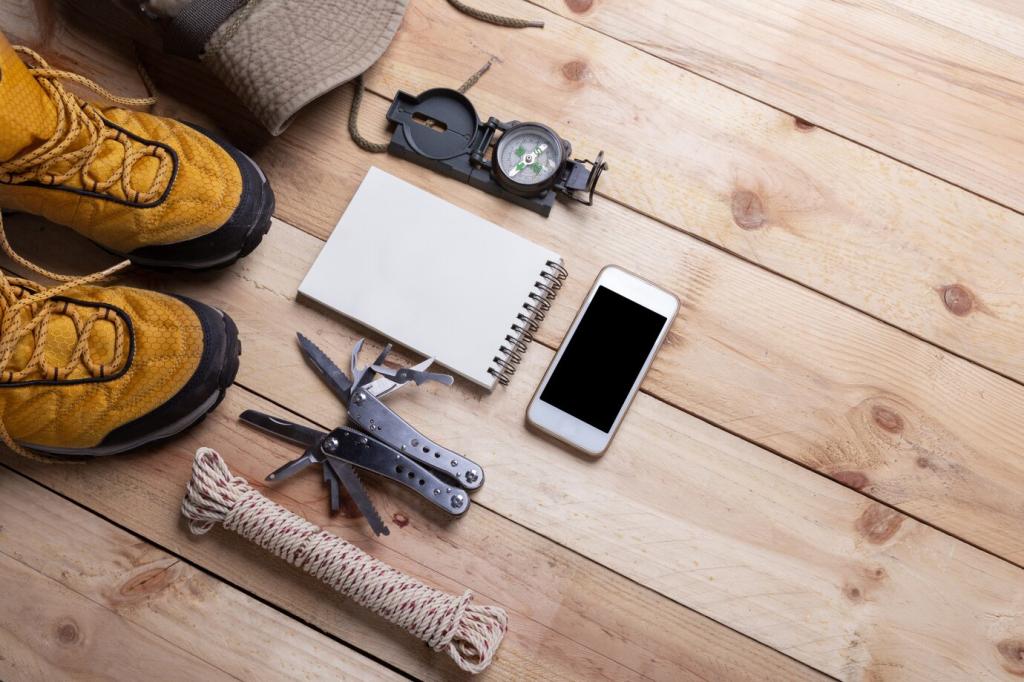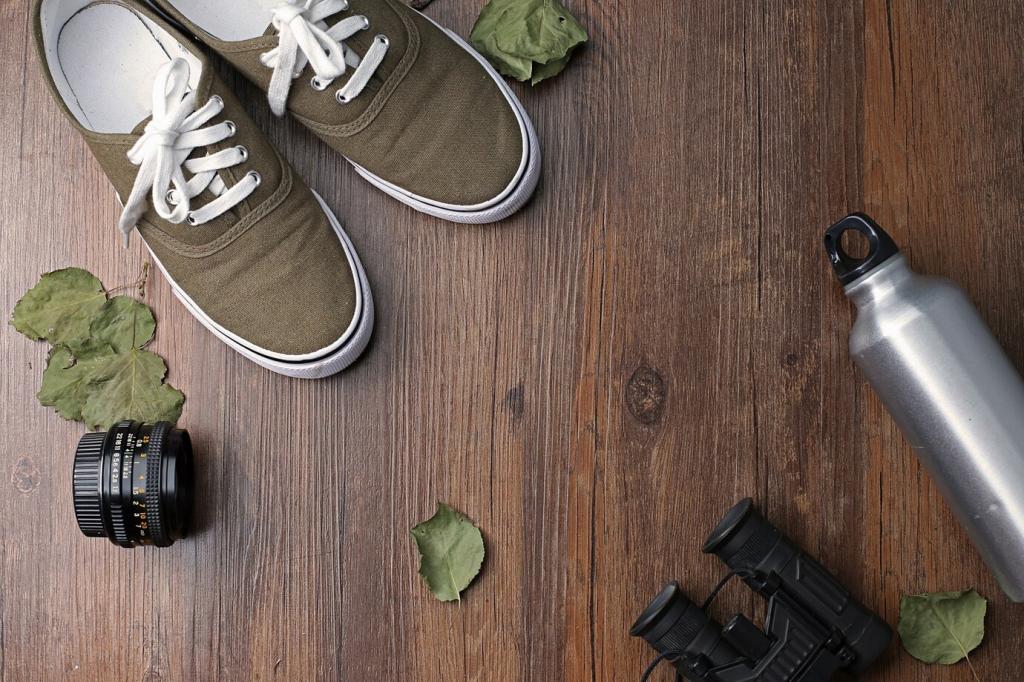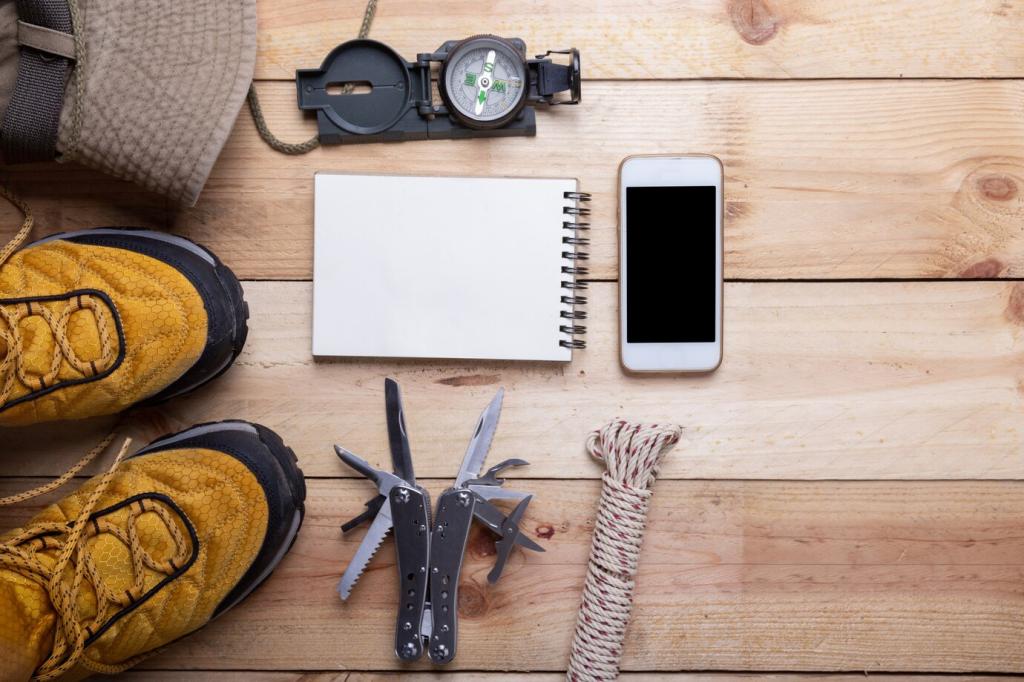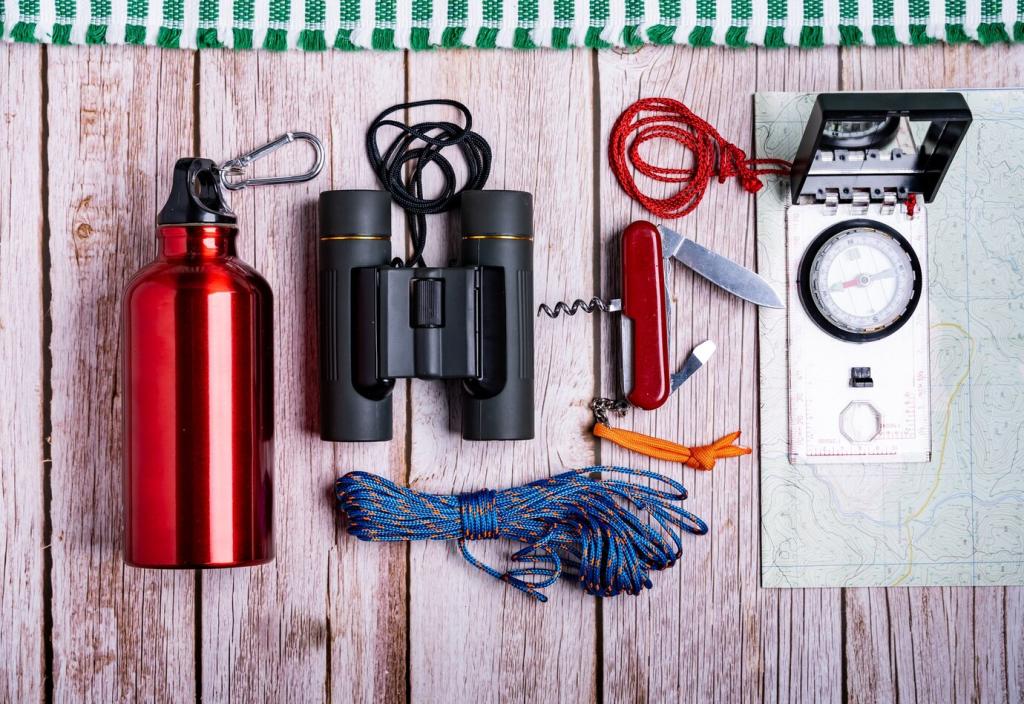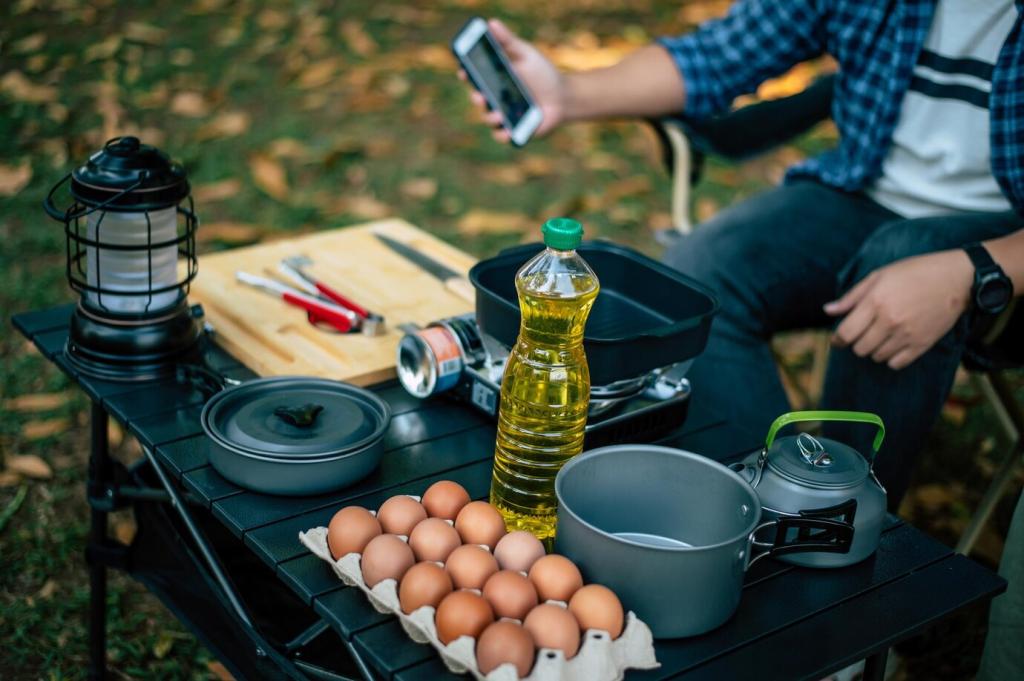Mastering Cold-Weather Layering
Merino resists odor and insulates even when damp, while synthetics dry lightning fast and often cost less. Choose a snug fit to move moisture, then comment with your go-to fabric for long, sweaty ascents.
Mastering Cold-Weather Layering
Down delivers unmatched warmth-to-weight when dry, synthetics keep insulating if snow sneaks in, and active fleece vents during motion. Carry a puffy sized for rest stops, and tell us which insulation saved your last winter summit.
Mastering Cold-Weather Layering
Look for a durable, seam-taped shell with pit zips and a helmet-compatible hood. Ratings help, but real-world venting matters more on steep switchbacks. Share your shell’s breathability wins and fails to guide fellow readers.


